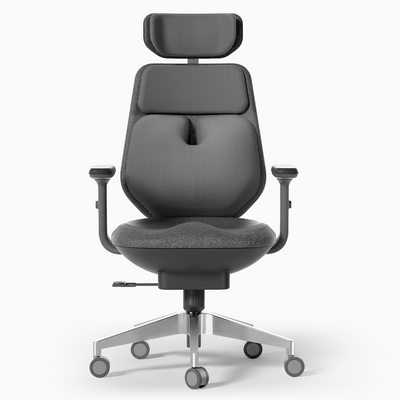
Pilates Springs: Everything You Need to Know
Decoding the Essence of Pilates Springs: A Comprehensive Guide
Pilates, with its focus on controlled movements and core strengthening, is synonymous with reformers. At the heart of these reformers lie the enigmatic Pilates springs. Often underappreciated, these springs dictate the resistance, challenge, and efficacy of many reformer exercises. In this guide, we unravel the significance, types, and maintenance of Pilates springs to ensure optimal performance.
The Integral Role of Pilates Springs
Springs in a Pilates reformer aren't just tools of resistance; they are the bridge between the exercise's intention and its outcome. The resistance they offer aids in:
- Muscle Strengthening: By providing resistance, springs facilitate muscle contractions necessary for strengthening.
- Controlled Movements: The resistance demands precise, mindful movements, ensuring safety and effectiveness.
- Customization: Different springs offer varying resistance levels, allowing exercises to be tailored to an individual's needs.
Delving into Different Spring Types
To grasp the versatility of Pilates reformers, one must understand the array of springs available:
1. Light Springs
Ideal for beginners or when focusing on delicate movements. They offer minimal resistance, perfect for rehabilitation exercises or when mastering technique.
2. Medium Springs
They strike a balance between light and heavy springs, offering moderate resistance. Suitable for general workouts and individuals progressing beyond beginner exercises.
3. Heavy Springs
Designed for advanced exercises and those seeking a challenging workout. They offer maximum resistance, targeting larger muscle groups and enhancing overall strength.
Caring for Your Pilates Springs
To ensure longevity and optimal performance, regular maintenance of Pilates springs is paramount.
Regular Inspection
Check for signs of wear and tear. If a spring appears stretched, misshapen, or has evident damage, it's time to replace it.
Cleanliness
Wipe down the springs after each session. Use a damp cloth with mild detergent, ensuring no residue remains.
Lubrication
Springs benefit from occasional lubrication. It reduces friction, preventing wear and ensuring smooth operation.
Avoid Overstretching
Always adhere to the reformer's guidelines. Overstretching springs can lead to reduced efficacy and potential damage.
Concluding Thoughts: Maximizing Your Reformer Experience
Pilates springs are the unsung heroes of reformer exercises. By understanding their significance, types, and maintenance, one can truly harness their potential. Whether you're a novice exploring Pilates or an expert deepening your practice, respecting and maintaining your springs can amplify your reformer experience manifold. As you embark on your Pilates journey, let the springs guide, challenge, and transform you.
« Back to Pilates Blog







